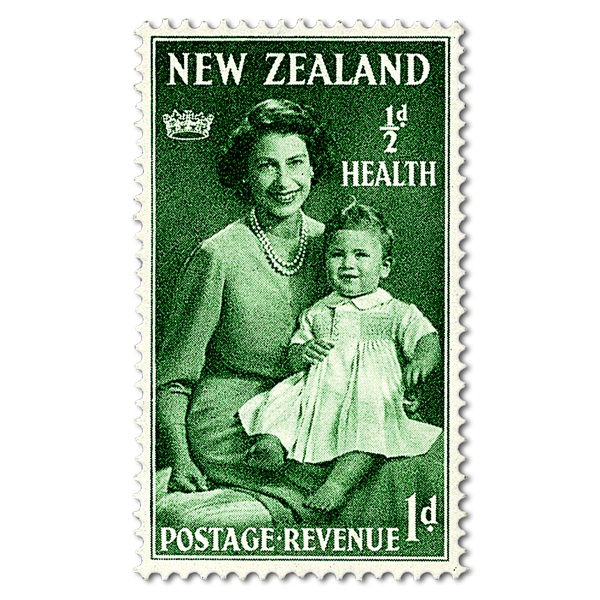Expenditure for discovery and development of a new crop protection product is now approaching the $ 300 million mark, while at the same time underpinning critical information gaps in environmental safety assessment. Large information gaps also exist for the safety of a vast number of existing chemicals in commerce. The catastrophy in the insect world inflicted by time-reinforced toxicity of neonicotinoids is a case in point. We are on the brink of an ecological Armageddon as a result of pitfalls in pesticide regulation that fail to identify critical aspects of chemical toxicity.
The current approach to toxicity testing and risk analysis was probably secondary to the adoption of the Acceptable Daily Intake (ADI) concept for chemicals in the early 1960s by FAO and WHO. This concept promoted by French professor René Truhaut as a risk management strategy was embraced by the chemical industry as a manageable concept for product development.
I consider this development to be one of the biggest derailments in the history of the life sciences with major consequences for the design of safety studies with chemicals. The number of dosages to be investigated is so low that quantitative testing of dose-effect relationships is virtually impossible and the observation results have no predictive value for practical situations. The dependence of dose-effect relationships on exposure time can not be quantified either. But the most serious shortcoming of current experimental design is that cumulative toxicity cannot be demonstrated, which jeopardizes the safety of ADI.

- Login om te reageren
